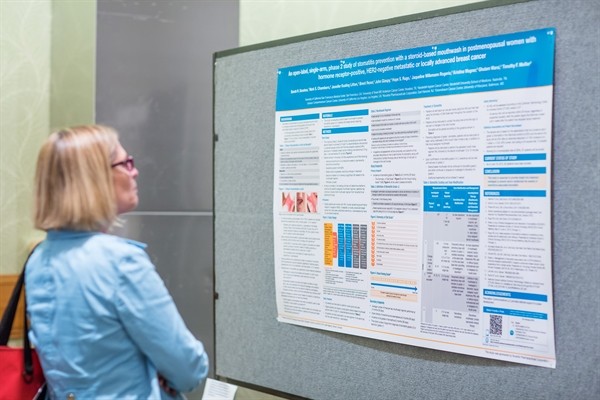
The US Food and Drug Administration (FDA) issued a draft guide on infectious disease diagnostic equipment based on next-generation sequencing on May 13. The draft guide is entitled "Infectious Disease Diagnostic Equipment Based on Next-Generation Sequencing: Microbiological Identification and Detection of Drug Resistance and Virulence Markers" to provide relevant manufacturers and FDA personnel with recommendations for design validation studies to The analysis and clinical performance of the NGS diagnostic device is determined for the diagnosis of microbial infections and the selection of appropriate therapies.
The draft provides detailed information on the types of data that must be submitted to the FDA prior to the listing of Class II devices, as well as the contents of some Class III devices, such as hepatitis B, hepatitis C, human papillomavirus and HIV. The FDA recommends that due to the rapid development of this field, developers should discuss with the FDA whether other recommendations are available before launching any clinical or analytical validation studies.
The FDA writes that, compared to human genome sequencing diagnostic equipment, infectious disease sequencing diagnostics require timely and usable results, sometimes requiring diagnosis within hours, and incorrect initial diagnosis can lead to death.
Sequencing diagnosis of infectious diseases requires analysis of multiple types of samples, such as urine, blood or feces, and the search for a large number of different types of microorganisms, so standard testing methods and analytical procedures cannot be used. Different sample types may require different nucleic acid extraction processes, different library preparation protocols, and even different bioinformatics algorithms to achieve the final clinical results. In addition, repeated testing is difficult because of the limited sample size and often the need to make rapid treatment decisions.
Specifically, the guidelines are applicable to NGS devices that use targeted sequencing or metagenomic sequencing to detect the presence of infectious disease pathogens or drug resistance and virulence markers, and are not suitable for devices that detect anything other than nucleic acids. Not suitable for devices that are designed to screen donors of blood, cells or tissues.
As part of the guidance, FDA recommends the use of a public database at the regulatory level. Currently, the FDA has established a database with the National Center for Biotechnology Information, the Department of Defense, and the University of Maryland Institute of Genomics, known as the FDA-regulated microbial sequence database or FDA-ARGOS.
Once finalized, the draft guide will provide developers with detailed information on the types of research that will be required for pre-marketing applications for such equipment. Interested parties can submit their comments and suggestions by August 11th to determine the final version. This guide may affect multiple NGS sequencer manufacturers and those who use these sequencers to develop infectious disease diagnostic methods.
Galacto-Oligosaccharide 57% Powder
Galacto-Oligosaccharide Animal Feed,Prebiotics Milk Powder,GOS Enfant Milk
Shandong Bailong Chuangyuan Bio-tech Co.,Ltd. Qingdao Branch , https://www.sdblcycn.com